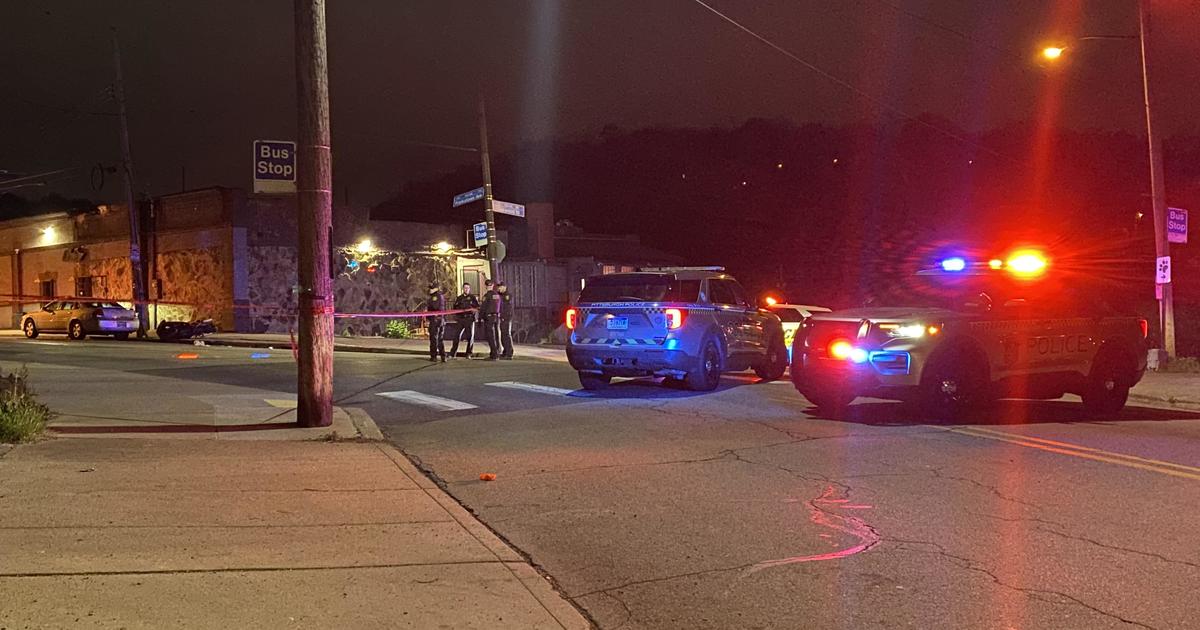SCOTUS rules Andy Warhol violated Prince photographer's copyright
WASHINGTON (KDKA) -- In a landmark ruling, the U.S. Supreme Court said the late Andy Warhol, a Pittsburgh native, violated a copyright of a photograph of the musician Prince when he used it as the basis for silkscreens in the 80s.
Copyright and creative freedom were at the center of the Supreme Court ruling Thursday, specifically Warhol's use of a 1981 photo of Prince by rock-and-roll photographer Lynn Goldsmith as the basis for a series of silkscreens, one of which was produced for a Vanity Fair article in 1984, and then republished after Prince's death in 2016.
The justices ultimately came to a 7-2 decision in favor of Goldsmith over The Andy Warhol Foundation for the Visual Arts.
Mike Madison is a law professor at Pitt who specializes in copyright.
"Visual arts are on the hotseat," Madison said. "The Supreme Court really focused on the fact that the images were used as illustrations to accompany magazine articles."
He said from the court's standpoint, both the photo and the silkscreens had a commercial purpose, therefore Warhol's work was not that transformative.
"The court majority is talking very much about business, money, commerce and the commercial purposes of artworks. The dissent on the losing side of the case is talking entirely about art, art history, artistic process and so forth," Madison said.
President of The Andy Warhol Foundation for the Visual Arts Joel Wachs released the following statement to KDKA-TV:
"We respectfully disagree with the Court's ruling that the 2016 licensing of Orange Prince was not protected by the fair use doctrine. At the same time, we welcome the Court's clarification that its decision is limited to that single licensing and does not question the legality of Andy Warhol's creation of the Prince Series in 1984. Going forward, we will continue standing up for the rights of artists to create transformative works under the Copyright Act and the First Amendment."
Goldsmith's legal team released the following statement on behalf of the photographer:
"I am thrilled by today's decision and thankful to the Supreme Court for hearing our side of the story. This is a great day for photographers and other artists who make a living by licensing their art. I want to thank the team at Williams & Connolly for sticking with me from the lows to this incredible high."
So what does this mean for Warhol?
"What that tells me is Andy Warhol's legacy as an artist is intact. Lawyers are going to continue to fight about the money," Madison said.
Madison said Warhol's work is probably safe to stay on the walls at museums, but museums and other entities displaying or selling reproductions of various forms, like souvenirs, will need to reevaluate.
"Sometimes it's selling the products, sometimes it's licensing it for other uses and sponsored arrangements, digital presentations are at stake," Madison said.
Then there are future artists. Madison worries this could hinder creativity for people who already undergo hardship.
"A lot of practicing artists can't afford to go about consulting copyright lawyers all the time as to whether what they're doing is legit or not," Madison said.
A spokesperson for the Andy Warhol Museum in Pittsburgh would not comment on the ruling by the top court.



